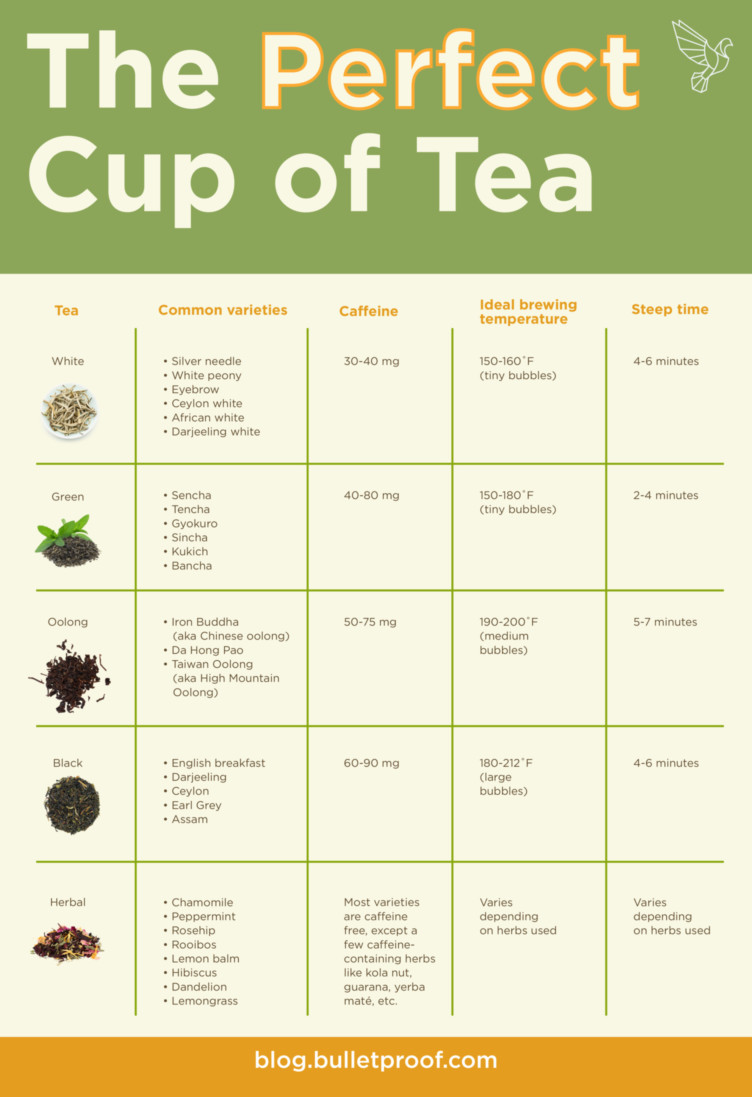The Bulletproof Tea Guide: How to Make a Killer Cup of Tea
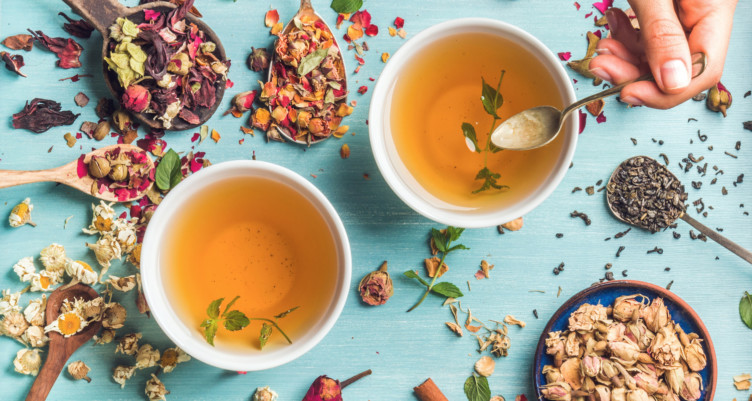
- You may realize that tea is more than a bag in hot water, and you’ve been looking for the ultimate guide to making the perfect cup.
- You might think that English breakfast, sencha green, silver needle white, Darjeeling and Earl Grey tea are all different.
- Most teas are from the camellia sinensis plant. It’s what happens after the farmer plucks the leaves that gives these teas their distinct range of color, flavor, and body.
- Herbal teas include any edible plant that can be steeped in hot water, and they come with a wide range of benefits depending on the plant.
- Here’s a guide to everything you need to know about tea.
First things first, a little myth busting.
Chances are, you consider tea as any drink that comes from steeping a plant in hot water. In fact, only leaves from the camellia sinensis plant counts as tea. All other beverages made of steeped plants, like chamomile and nettle, are actually called tisanes. We’re going to break this rule for the purposes of this article, so that we can call it all tea.
Another myth: you might think that English breakfast, sencha green, silver needle white, Darjeeling, and Earl Grey tea are all different. Again, those are only from the camellia sinensis plant. It’s what happens after the farmer plucks the leaves that gives these teas their distinct range of color, flavor, and body.
Here are the ins and outs of tea, how to choose, and how to brew the perfect cup.
Related: The Complete Bulletproof Diet Roadmap
Types of tea: camellia sinensis tea
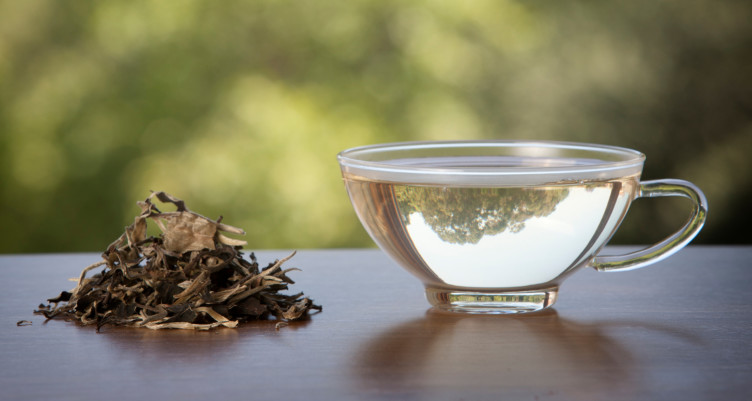
White tea
Common varieties: silver needle, white peony, eyebrow, Ceylon white, African white, Darjeeling white
White tea is simply the dried leaf of the camellia sinensis plant. Drying without roasting or fermentation produces a sweet and slightly grassy flavor without the slightest hint of bitterness.
Minimal processing also preserves the antioxidant content of the tea, and white tea has the lowest oxalate content of all the camellia teas.[1] There aren’t many downsides of white tea, except the flavor is on the weak side.
The oxidation process — the breakdown process that starts when food is exposed to air — fully develops caffeine. White tea’s caffeine content can vary, being on average – 35 mg per cup.[2]
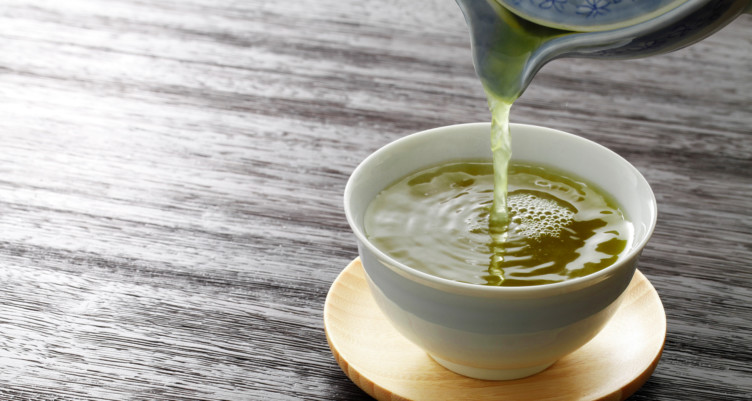
Green tea
Common varieties: sencha, tencha, gyokuro, sincha, kukicha, bancha
Green tea gets a light steam treatment before drying, which deepens its flavor and color. Green tea has loads of health benefits. The more notable ones include[3]:
- Theanine — an amino acid that promotes relaxation, restful sleep, focus, and more
- Epigallocatechin gallate (EGCG) — a potent antioxidant that slows the way fat cells respond to insulin and inhibits enzymes required for fat synthesis
Green tea is slightly oxidized, so it has more caffeine than white tea — around 24-39 mg — and far less than black tea, which has 60-90 mg of caffeine.
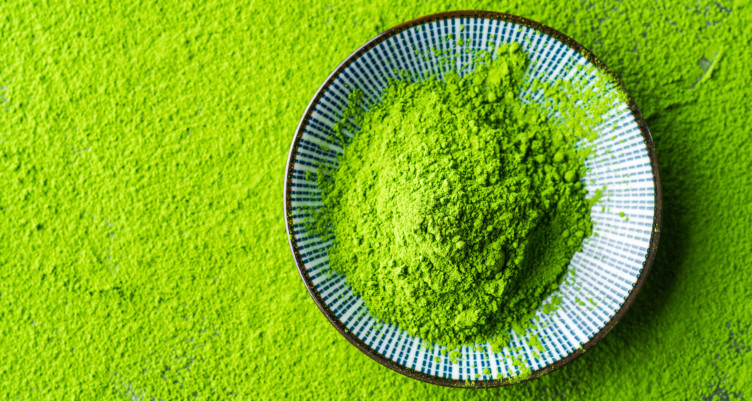
Matcha tea
Matcha is concentrated, powdered green tea that’s particularly rich in antioxidants and nootropic compounds. It also has a deeper, more grassy flavor than normal green tea, which pairs well with grass-fed butter and Brain Octane Oil, Bulletproof style.
Matcha spends its last three weeks in the shade before it’s harvested. The absence of UV light allows potent antioxidant compounds in tea to fully develop and land in your cup.
Matcha is also higher in caffeine than green tea, but generally you won’t get the jitters because it also contains relaxing theanine, which balances the caffeine.
When purchasing, you may come across ceremonial matcha and culinary matcha. Ceremonial matcha is made with young tea leaves and is ground to a superfine texture, which is ideal for drinking on its own. Culinary matcha is slightly lower in quality and works best combined with other ingredients.
Matcha on its own is an acquired taste, but most people take to a matcha latte right away. Here’s a basic matcha latte recipe. LINK MATCHA LATTE You can experiment with additions like cinnamon and vanilla to invent your new favorite custom matcha latte blend.
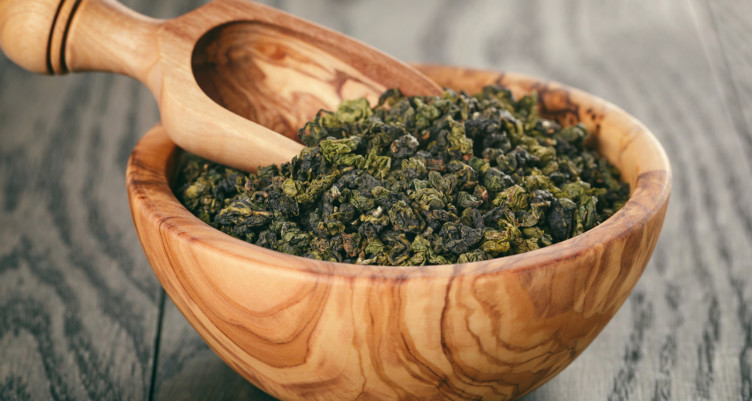
Oolong tea
Oolong falls somewhere in the middle between green tea and black tea. Depending on how much the producer processes the tea, individual oolongs can taste fresh and grassy like green tea, or deep and malty like black tea. This middle-of-the-road level of processing produces a distinct nuttiness that you don’t get with black or green.
Oolong does not fully oxidize like black tea, and it is only partially green in color. It will have more caffeine than green tea, and less than black tea. The darker the color, the more oxidized the tea is, and more caffeine develops with oxidation.
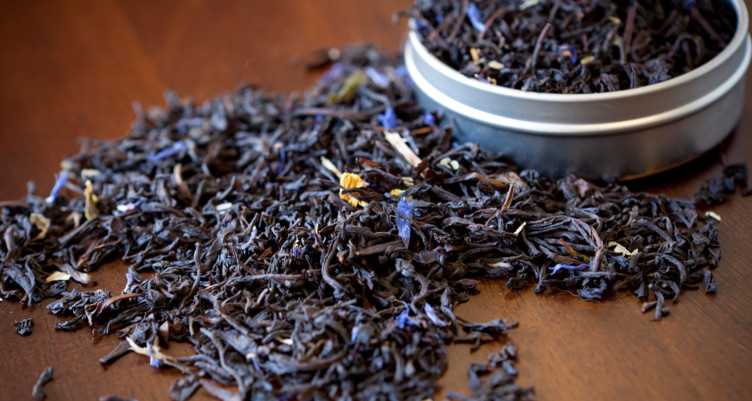
Black tea
Common varieties: English breakfast, Darjeeling, Ceylon, Earl Grey, Assam
Black tea leaves fully oxidize and turn their characteristic brown color before they are heat treated and dried.
As with anything that sits in its own moisture for a time (grains, beans, etc.), black tea processing creates an environment where molds can develop, depositing toxic compounds into the tea. The processing also allows a lot of the precious antioxidants to break down, whereas the processing treatments of green and white teas preserve a large portion of the antioxidants you’ll find in the live plant.
Since black tea is fully oxidized, it has the most caffeine of the camellia teas.
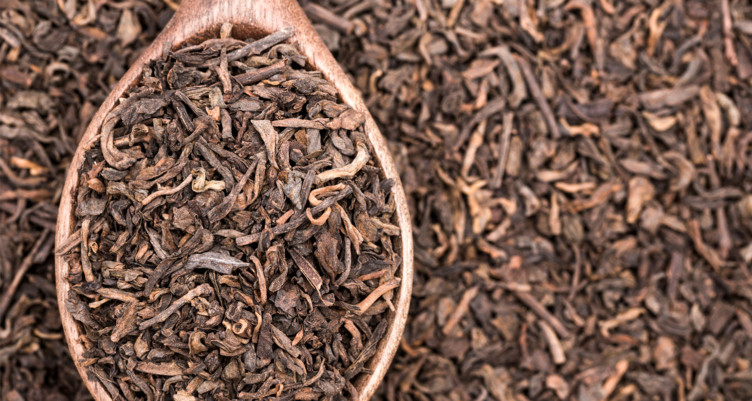
Pu-erh tea
Pu-erh tea, pronounced POO-air (admit it, you laughed), is the most highly processed of the camellia teas. It is fully oxidized and treated with high heat.
You can find pu-erh loose, or pressed into cakes. More expensive varieties are aged, which mellows the flavor. Rare, long-aged (50+ years) pu-erh can set you back thousands of dollars.
Like black tea, pu-erh is fully oxidized and contains the most caffeine of all of the camellia teas. Processing methods leave the tea leaves ripe for mold growth, and antioxidants are largely degraded. Pu-erh still has a bit of antioxidant, though not nearly as much as more lightly processed teas.
Types of tea: herbal tea
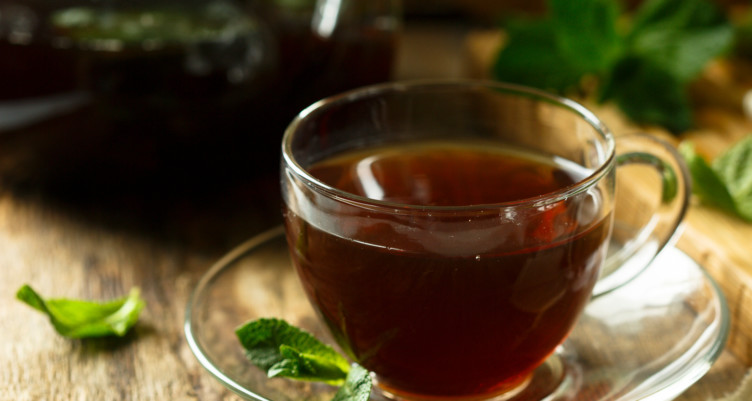
Herbal tea is a catch-all term for any plant you can steep and sip, except leaves from the camellia tea plants. Rooibos tea counts, as well as thousands of others — chamomile, nettle, holy basil, mint, culinary herbs, and floral teas all fall into the herbal tea category.
Benefits are plant-specific. You can sip sage tea for a sore throat. If you’re after a calming effect, reach for chamomile and passionflower. You may brew a mug of a blend containing rosemary if you’re after better focus and concentration.
Caffeine levels also depend on the individual herb. Most plants contain no caffeine at all, while specific blends containing things like kola nut and guarana (usually labeled energy teas) will give you a jolt as strong as coffee would, if not stronger.
If you’re ready to explore, here are a few of the most effective adaptogenic herbs (herbs that regulate your stress response) and herbs to help calm down inflammation in your body.
Rooibos, also known as red bush tea or African bush tea, is a caffeine-free herbal tea that has a generally pleasing sweet flavor and contains more antioxidants than green tea, with more benefits than green, black, and maybe even matcha tea.You can read about rooibos tea here.
How to brew the perfect cup of tea
Tea bags vs. loose tea
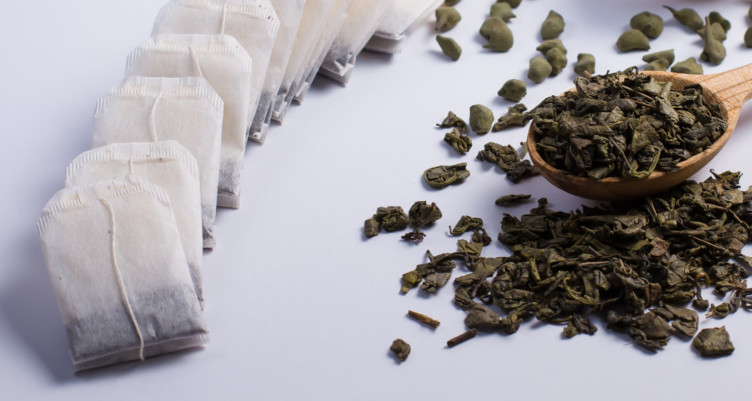
Tea bags are convenient, and they’re a great way to try a variety of teas without committing to a whole pouch of a single variety of loose leaves. If you’re going for bags, look for tea bags closed with a staple, not sealed around the edges. Manufacturers seal the edges with toxic PVC, and you don’t want that in your mug.
Once you cross into connoisseur territory, you’re going to want total control over your tea brewing process. You can control your blend and your tea strength using loose tea.
The perfect tea to water ratio
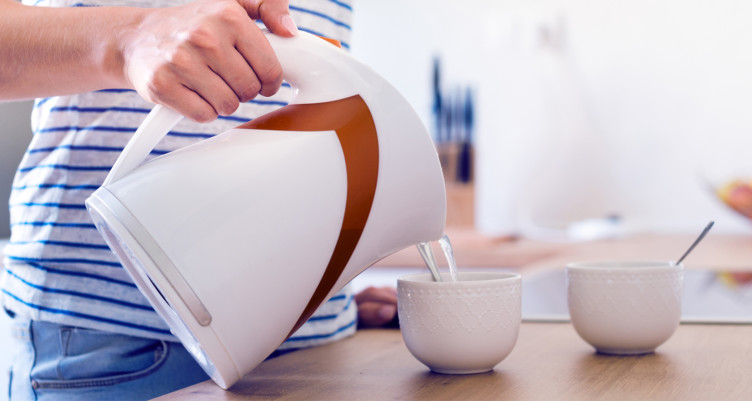
Generally, you’ll use 1 TSP of tea leaves to 6 OZ of water. You can use more or less to suit your tastes.
Temperature of tea water

It’s not just a matter of heating your water. A bright, flavorful tea depends on the oxygen content of the water, which, as you might guess, happens through bubbling.
So, do you wait for a rip-roaring, vigorous boil before pouring your tea? Nope — different teas can handle different levels of heat.
You can eyeball it using the traditional Chinese eyeball method (pun shamelessly intended). For green, white, and herbal teas, heat your water until bubbles are the size of crab eyes (tiny bubbles). Oolong requires a few extra degrees of heat, so wait for fish eye-sized bubbles (medium bubbles) to develop. Black tea can handle high heat, so wait for large dragon eyes to begin bubbling to the top.
If you want to be more precise and grab a thermometer (or, if you can’t see the bubbles through your tea kettle), here are brewing temperatures for the different types of tea.
Temperature for green, white, and herbal teas (including rooibos)
170-185 degrees Fahrenheit
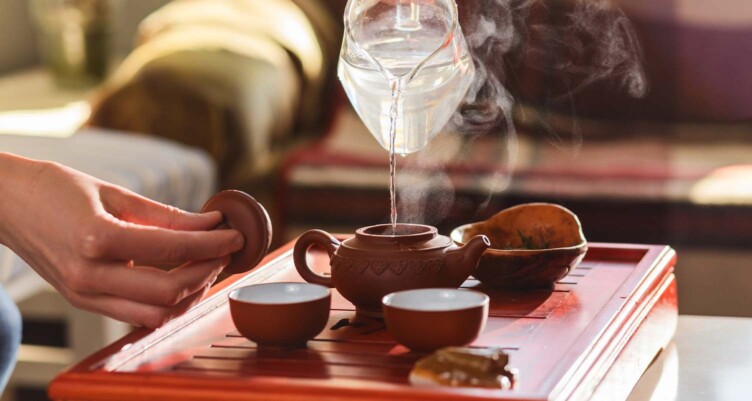
Green and white teas were lightly processed, so they are delicate and go stale easily. Producers dry herbal teas without any fermentation or heat processing at all, and to preserve their benefits, you have to brew them with care.
Temperature for brewing oolong tea
180-190 degrees Fahrenheit
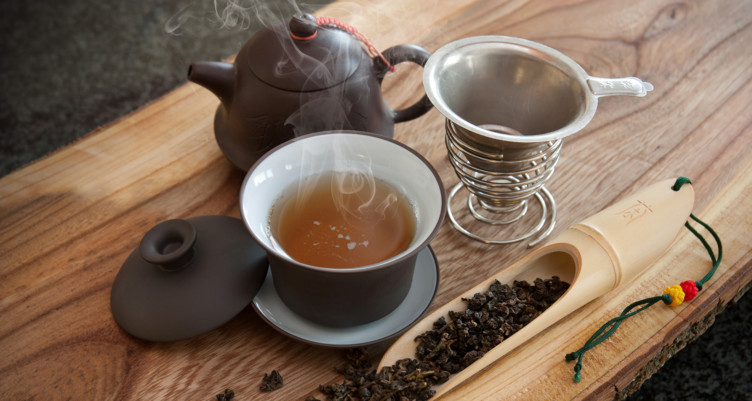
Oolong tea processing sits somewhere between black and green, so brewing method follows suit.
Temperature for brewing black tea
200-212 degrees Fahrenheit
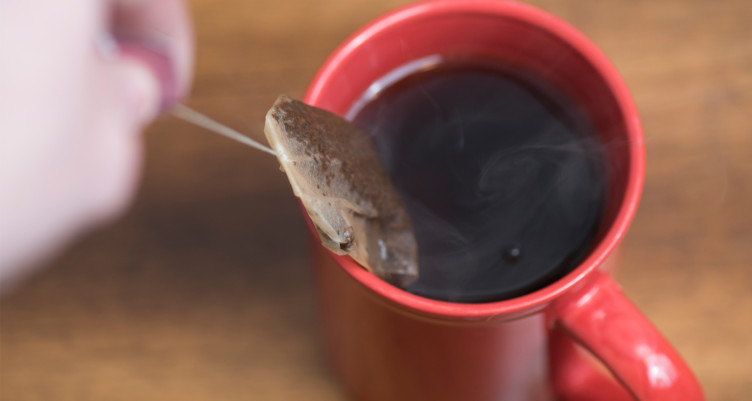
Black tea is highly processed, so it’s a little harder to change the final product with hot water alone. Plus, a little bitterness is part of the appeal of black tea. You have to use a high enough water temperature to extract the full flavor profile of black tea.
Once you sample a handful of varieties and herbs, you can buy a few ounces of your favorites and come up with your own custom combinations. There’s a whole world of tea out there to taste. Have fun with it!
Sign up for early access to sales, product launches, the latest Bulletproof news and more!
